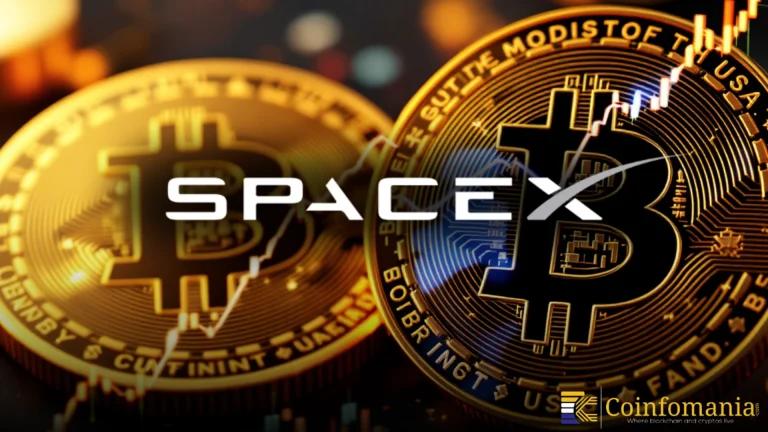Regulating the Future: U.S. Congress Scrutinizes Stablecoins as USD1 Enters the Market
The U.S. Congress took another step towards a stablecoins bill. Despite several disputes House Financial Services Committee passed the bill for full legislative procedure.

The U.S. Congress took another historical step in regulating cryptocurrencies. On Wednesday, House members reviewed the stablecoin bill. After heated disputes, the House Financial Services Committee finally passed the bill for full legislation. This move comes shortly after the USD1 launch, a stablecoin with the Trump-backed Web3 Liberty Financial Initiative (WLFI) on March 25. USD1 is pegged 1:1 to the U.S. dollar with a main aim to bring stability to digital assets.
However, the timing of USD1’s launch and its political association have raised eyebrows. As stablecoins grow in popularity, lawmakers are now under pressure to draw clear boundaries to ensure financial safety, transparency, and regulatory clarity.
Concerns Over USD1’s Political Links
What makes USD1 different from other stablecoins is its direct link to former President Donald Trump. Some Democrat lawmakers have openly voiced concerns about this connection. They believe that a politically backed stablecoin like USD1 could disrupt financial stability if left unregulated.
One major concern is the potential influence of presidential immunity powers on financial systems. Critics fear that such a coin could escape proper oversight, giving it room to be used for political gain or financial control. Questions are also being asked about what it would mean if USD1 gained widespread acceptance in the U.S. Would it remain just another stablecoin, or would it become a political tool?
Stablecoin Oversight Becomes More Urgent
With USD1 entering the market, the push for federal oversight on stablecoins has gained momentum. Lawmakers are now left to grapple with critical matters such as compliance, transparency, and risk management. Industry experts believe that in the absence of stringent regulation, stablecoins pose the risk of destabilizing the financial system.
The bill before Congress aims to establish a transparent regulatory framework that will be capable of preventing the misuse of digital assets while facilitating innovation. Stakeholders across the crypto space are watching as the bill moves forward to see how these topics will be resolved.
Binance Delists Tether Amid Changing Rules
While U.S. lawmakers deal with USD1, regulatory changes are also hitting other parts of the world. Binance, the largest crypto exchange globally, has delisted Tether (USDT) for European Union customers. This step was taken to comply with new MiCA (Markets in Crypto-Assets) laws that aim to bring order to the digital finance world in Europe.
Despite the noise in the stablecoin space, the market has remained calm. On Thursday, no major price movements were recorded. According to Coingecko, the total stablecoin market cap currently stands at $238 billion, showing only a mild 0.1% rise in the last 24 hours.
Final Thoughts
Stablecoins are entering a new era, one where regulations, politics, and innovation are all colliding. With USD1 in the spotlight and the U.S. Congress pushing for stricter oversight, the coming weeks are likely to shape the future of digital finance in significant ways. While the market is steady for now, the bigger story is just beginning to unfold.
Follow us on Google News
Get the latest crypto insights and updates.
Related Posts

XRP Enters ‘Fear Zone’ as Social Sentiment Hits Extreme Lows — Contrarian Rally Ahead?
Triparna Baishnab
Author

SpaceX Moves Another 1,083 BTC — Custody Shift or Strategic Treasury Play?
Triparna Baishnab
Author

Fidelity CEO Goes All-In: ‘Bitcoin is the Gold Standard’
Triparna Baishnab
Author